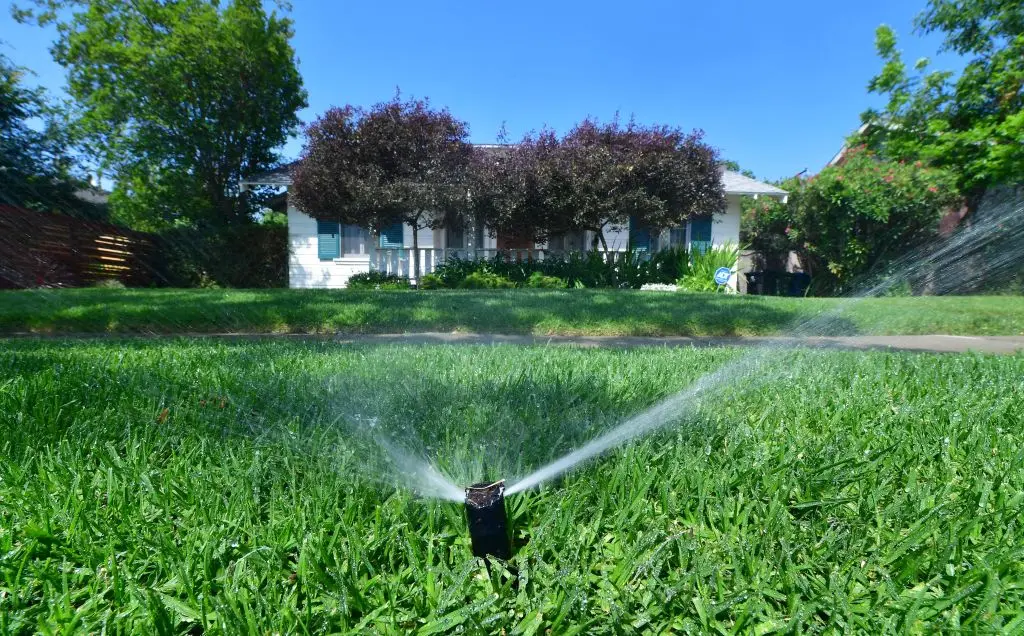Correction: The tree inspection and removal evaluation were initiated by the retirement community, instead of the Laguna Woods City Council. The Epoch Times regrets the error.
LAGUNA WOODS, Calif.—A landscape committee in a Laguna Woods retirement community identified nearly 300 potentially hazardous Canary Island pine trees, with an ongoing public debate on whether these 60-foot-tall conifers should be uprooted.





